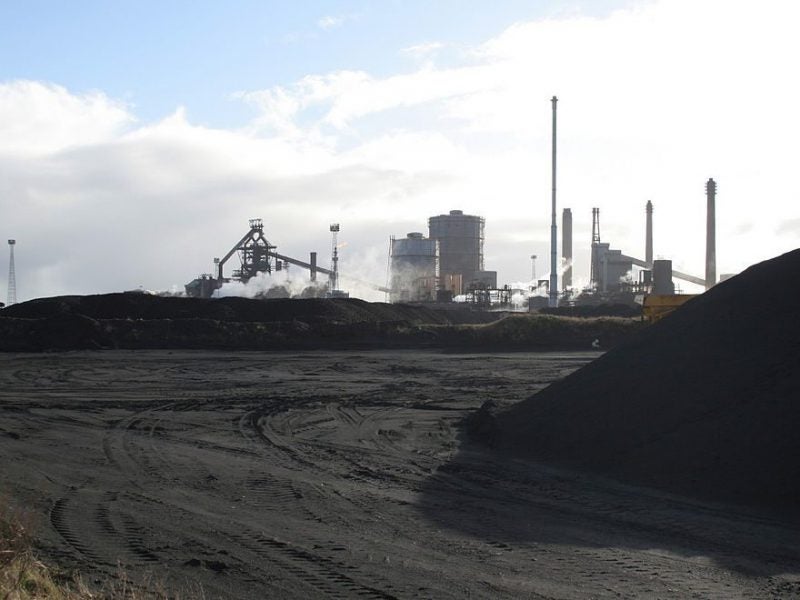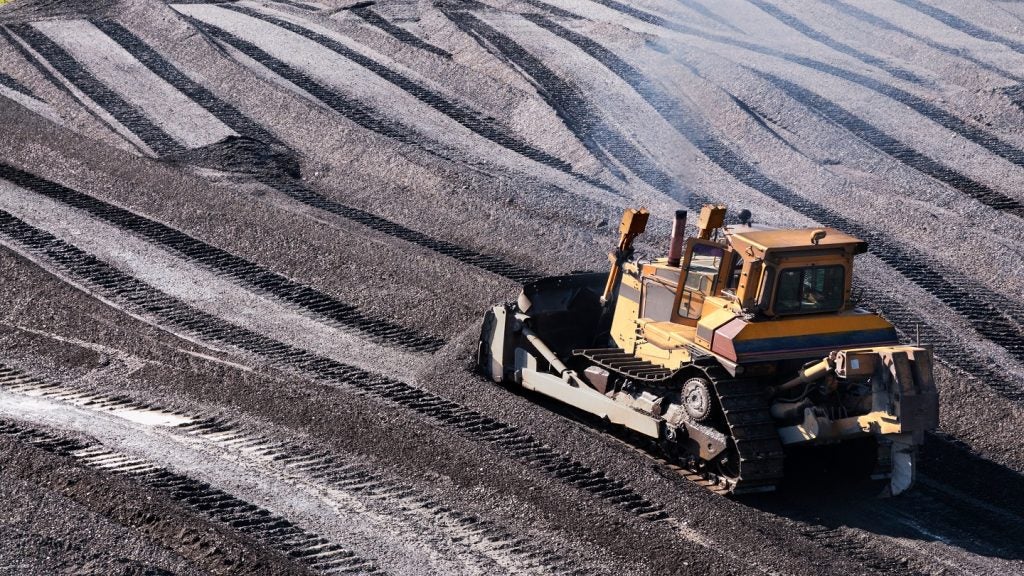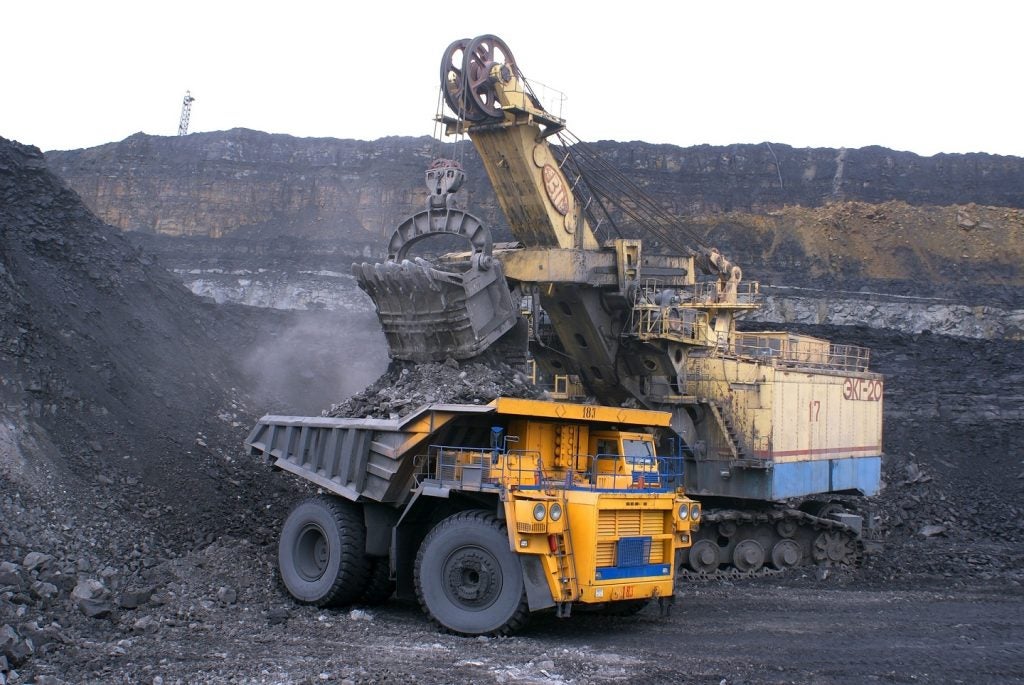
At the beginning of the 2010s, Murray Energy was one of the US’ most productive and financially successful coal miners. The self-described largest privately held coal miner in the country owned a portfolio of 15 operations and made billion-dollar investments in Foresight Energy, in 2010, and Consol Coal, in 2013, as it looked to extend its influence over the US coal industry.
However, the miner was not immune to a broader decline in US coal over the course of the decade, with falling production and the rise of both cheap natural gas and efficient renewable power posing an existential threat to the country’s domestic coal production. By the end of the decade, this external pressure, combined with the miner’s own financial struggles, had reduced the company to filing for bankruptcy, and allegations of manipulating figures from creditors eager to see the miner pay its dues. How did the company fall so far so fast, and what can other miners learn from its fate?
At the time of writing Murray Energy has not responded to requests for comment.
2010s: A decade of coal struggles
Murray’s recent struggles have been rooted in a broader decline in US coal production over the last decade. According to figures from the US Energy Information Agency (EIA), domestic coal production fell from 1.1 billion short tons in 2011 to 728 million short tons five years later, an all-time low. While this figure has rebounded in recent years, to 746 million short tons in 2018, the trend is one of significant and continued decline.
This trend has been amplified by improvements in rival energy sources, namely natural gas and renewable power. While coal production has declined, natural gas output has increased, with EIA figures showing production rising from 24 million cubic feet in 2011 to 28 million cubic feet in 2016, an increase that coincides neatly with the decline in coal production.
Similarly, renewable power sources are seen as a much more financially viable long-term energy source, with a 2019 report from the University of Michigan estimating that US onshore wind has the potential to generate 113 times more power than is currently installed, and that solar panels covering just 0.6% of the US’ land mass could meet the entire country’s energy needs. This combination of potential and technological efficiency makes renewable power sources attractive to investors, and has helped drive investment away from coal power and towards renewables.
How well do you really know your competitors?
Access the most comprehensive Company Profiles on the market, powered by GlobalData. Save hours of research. Gain competitive edge.

Thank you!
Your download email will arrive shortly
Not ready to buy yet? Download a free sample
We are confident about the unique quality of our Company Profiles. However, we want you to make the most beneficial decision for your business, so we offer a free sample that you can download by submitting the below form
By GlobalData2016: Trump’s election brings hope for coal
There was hope among coal miners, however, that the 2016 election of Donald Trump would reverse this decline. The vocally pro-coal president would go on to dramatically shift US energy policy by rolling back the Obama-era Clean Power Plan that set aggressive targets for states to cut carbon emissions, in an attempt to encourage greater investment in and production from the country’s coal mines.
In the short-term, these policies appeared to be effective, with 2017 seeing the first year-on-year increase in domestic coal production since 2014, reaching a total of 774 million short tons. However, there have been warning signs regarding the long-term viability of coal throughout Trump’s presidency, with coal production in Arkansas and Kansas dropping to levels so low that, by 2018, the EIA had ceased to report on them. While neither state is historically a large coal producer, these trends tempered the optimism that grew in the wake of Trump’s election.
2017: Murray’s financial troubles begin
Almost immediately after Trump’s election, Murray began to struggle financially, despite CEO Robert Murray’s close relationship with Trump and strong support for his policies. In February, the miner became embroiled in a legal struggle after the Dayton Power and Light Company, an electricity supplier based in Ohio, wanted to close its Murray-operated coal-fired power plants and transition to clean energy sources, a move which threatened Murray’s production in the region and its reputation nationwide.
Then in November, Murray failed to acquire struggling energy company Bowie Resource Partners, with the proposed purchase falling apart after just ten days. Murray failed to raise just $510m in junk bonds for the purchase of Bowie, itself a company worth just $454m, and whose assets were considered potentially “worthless” by the Institute for Energy Economics and Financial Analysis (IEEFA).
2018: Flatlining coal production
Despite these challenges, Murray remained the fourth-largest producer of coal in the US, with an annual production of 46 million short tons, enough to account for 6.1% of all domestic coal production according to the EIA. Indeed, figures from S&P Global found that Murray’s total production exceeded that of Cloud Peak, which suffered a 14% decline in production year-on-year, suggesting that the miner, at the very least, was not the worst-hit coal miner in 2018.
However, the IEEFS noted, citing the S&P Global figures, that Murray’s actual production volume remained “relatively flat … from the mines it owned in 2018 compared to the same mines’ output in 2017.” Murray’s financial reports are available only to shareholders, and the company declined to comment to the IEEFA at the time of its flatlining production, making it difficult to draw explicit conclusions from the company’s 2018 performance. What is clear, however, is that two years into the Trump presidency, the miner’s fortunes had not improved to the extent that its leaders may have hoped.
2019: Murray files for bankruptcy
The beleaguered miner’s troubles reached a head in 2019, when its shares were being traded at just one cent on the dollar by October, down from above 60 cents on the dollar towards the end of 2018. By the end of October, the company and its 98 debtors had filed for bankruptcy, with the miner shouldering an alleged $2.7bn in debt and more than $8bn in future financial obligations in pension and benefit plans for its employees.
These figures are particularly discouraging for US coal in general, as Murray remained one of the country’s most productive coal miners, yet was still unable to balance its finances. In 2018, Murray’s mines generated $2.5bn in revenue, around one-fifth of the value of its total debts and legacy commitments; if one of the country’s most productive miners cannot so much as break even, the future of US coal looks bleak.
This trend was compounded by the fact that, in 2019, US renewable energy consumption exceeded coal consumption for the first time since 1885. The country saw the use of 11.5 quadrillion British thermal units (quads) of renewable power versus the 11.3 quads of coal consumption, which had declined nearly 15% year-on-year.
2020: Alleged financial manipulation and an uncertain future
As Murray’s legal case has continued, the company has come under fire from creditors and debtors for its conduct. One such company, GACP Finance, alleges that the miner skewed its financial reporting by including what Bloomberg called “noncoal receivables” in its figures, and while these legal troubles remain unresolved, they do little to improve the image of a company whose operations appear to be unravelling at a rapid pace.
The first of the pre-trial hearings for Murray’s case will be heard on 24 July this year by the US Bankruptcy Court for the Southern District of the Ohio Western Division, although a further two hearings are scheduled for August and September, so the legal battles are set to continue for some time. Regardless of the outcome however, the sudden decline of Murray Energy is a cautionary tale for others in the coal industry, where external market forces and internal financial troubles can conspire to quickly and dramatically derail a company.







